
Geoplanidae is a family of flatworms known commonly as land planarians or land flatworms.

Geoplaninae is a subfamily of land planarians endemic to the Neotropical region. Members of this family are sometimes referred to as the Neotropical land planarians. However, one species, Obama nungara has been introduced in Europe.
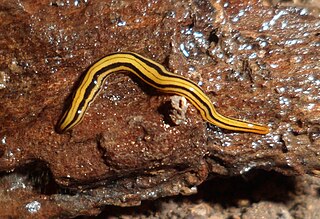
Luteostriata is a genus of land planarians from Brazil characterized by a yellow body with dark longitudinal stripes.

The reproductive system of planarians is broadly similar among different families, although the associated structures can vary in complexity.
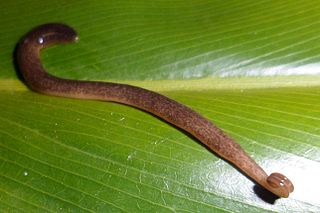
Choeradoplana is a genus of land planarians found in South America.

Pasipha is a genus of land planarians from South America.

Endeavouria is a monotypic genus of land planarians from the Pacific region. It contains a single species, Endeavouria septemlineata.

Luteostriata abundans is a species of Brazilian land planarian in the subfamily Geoplaninae. It is a common species in human-disturbed areas in Brazil's southernmost state, Rio Grande do Sul.

Obama anthropophila is a species of Brazilian land planarian in the subfamily Geoplaninae. It is a very common land planarian in human-disturbed environments in southern and southeastern Brazil.

Obama ficki is a large species of Brazilian land planarian in the subfamily Geoplaninae.

Obama josefi is a species of Brazilian land planarian in the subfamily Geoplaninae.

Imbira guaiana is a species of land planarian in the subfamily Geoplaninae. It is the type species of the genus Imbira and is found in Brazil.
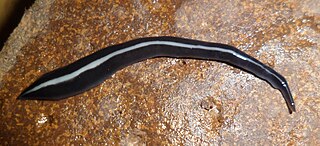
Paraba franciscana is a species of land planarian found in Brazil.

Luteostriata graffi is a species of Brazilian land planarian in the subfamily Geoplaninae.

Luteostriata ernesti is a species of Brazilian land planarian in the subfamily Geoplaninae.
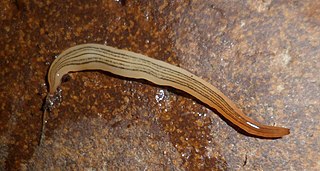
Luteostriata ceciliae is a species of Brazilian land planarian in the subfamily Geoplaninae.
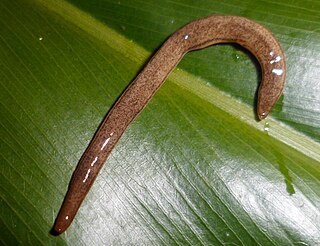
Supramontana irritata is a species of Brazilian land planarian in the subfamily Geoplaninae. It is the type species of the genus Supramontana.

Cephaloflexa araucariana is a species of land planarian in the subfamily Geoplaninae found in Brazil.
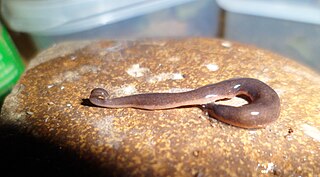
Choeradoplana benyai is a species of land planarian belonging to the subfamily Geoplaninae. It is found in areas of Atlantic Forest within Rio Grande do Sul, Brazil, such as São Francisco de Paula.

Choeradoplana minima is a species of land planarian belonging to the subfamily Geoplaninae. It is found in areas of Atlantic Forest within Rio Grande do Sul, Brazil, such as São Francisco de Paula.


















